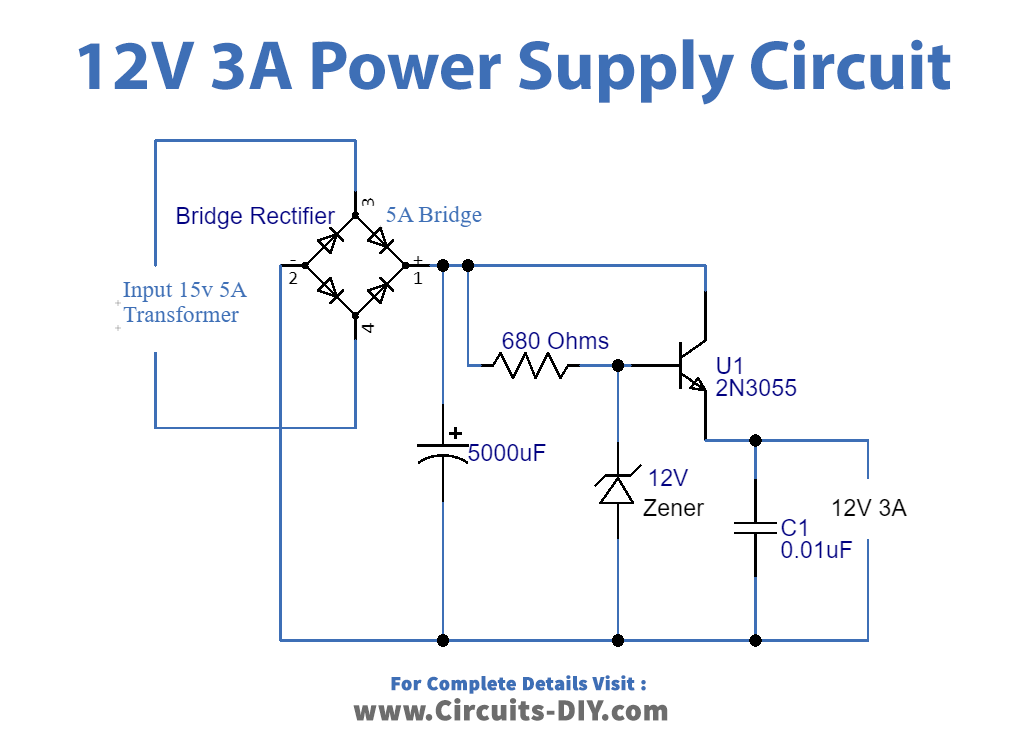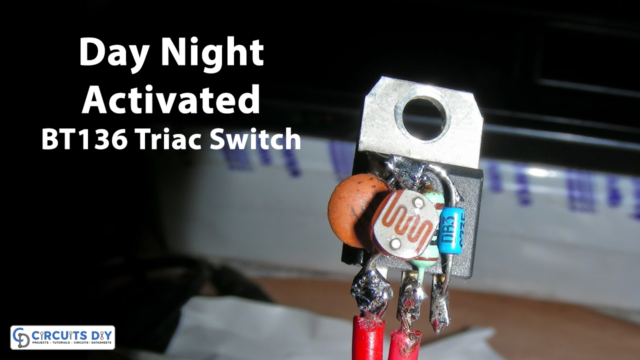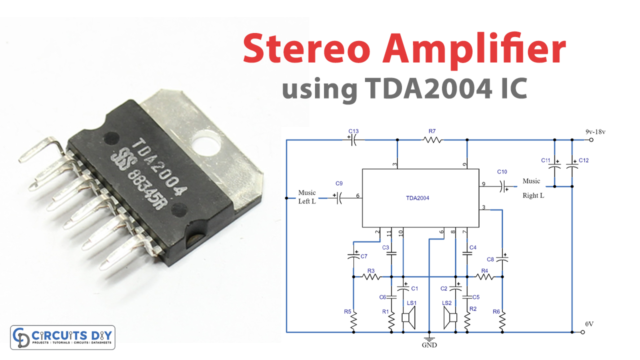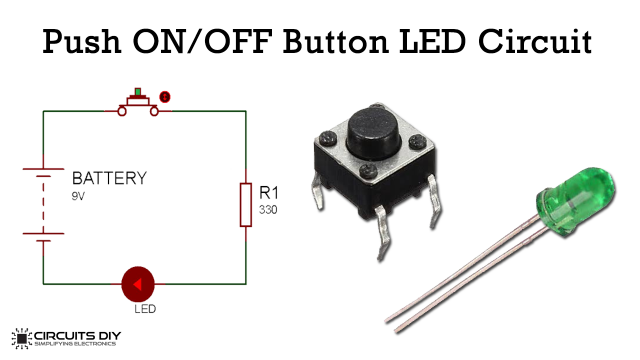Introduction:
Each electronic device needs to be powered up with either an AC or a DC electrical power source. To meet the requirement of a DC power supply, the AC power is converted to DC using simple circuits which gives an invariable and absolutely controlled DC power at the output. The regulated power supplies are also known as linear power supplies.
A simple regulated power supply circuit mainly consists of an ordinary power supply with a device that regulates the output voltage according to the requirement. Here we will build a circuit with an output voltage range of up to 12V and current output of up to 3A which can be utilized in applications where the output current requirement is up to 3A. It is a simple embedded circuit that consists of a few blocks, a detailed explanation of which is given below.

Hardware Component
The following components are required to make a 12V Power Supply Circuit
| S.no | Component | Value | Qty |
|---|---|---|---|
| 1. | Transformer | – | 1 |
| 2. | Bridge Rectifier | 5A | 1 |
| 3. | Zener diode | 12V | 1 |
| 4. | Transistor | 2N3055 | 1 |
| 5. | Resistor | 680 Ohms | 1 |
| 6. | Electrolyte Capacitor | 5000uF | 1 |
| 7. | Ceramic Capacitor | 0.01uF | 1 |
2N3055 Pinout

For a detailed description of pinout, dimension features, and specifications download the datasheet of 2N3055
12V Power Supply Circuit

Working Explanation:
The circuit uses a transformer, bridge rectifier, transistor 2N3055, a Zener diode, and a few passive components. The circuit at the output will yield a constant voltage of 12V and up to 3A current.
The transformer is an electrical device that by the principle of electromagnetic induction transmits the energy from one circuit to another without changing the frequency. The transformer is a basic part of a power supply that receives 230V AC at its primary and steps it down to 12V AC at its secondary. The next block in the sequence is a bridge rectifier that uses diodes to convert AC power to DC by half-wave or full-wave rectification. The output of the transformer is fed into the bridge rectifier which rectifies the AC signal into pulsating DC signal. The output DC signal has a fixed polarity and its magnitude is a function of time.
Before proceeding further, the pulsating DC signal received from the rectifier is filtered using a capacitor in order to achieve a non-pulsating DC signal. The next block is known as the voltage regulator which consists of a Zener diode and a resistor. The resistor works as a current limiting source while the Zener diode function as a voltage limiting source. Zener diode is not able to limit the voltage at low power and therefore resistor is required. After then the transistor 2N3055 is used which works as a current amplifier, receiving a reference voltage from a Zener diode working in the configuration of the common base amplifier. The last block clears up the ripples from the non-pulsating DC signal using a capacitor and finally, a constant DC voltage with no ripples is achieved at the output.
Applications:
The 12V power supply is used in many applications, few are listed as follows:
- Most digital devices use 12V supplies like DVD players, audio gears, LCD screens, hard drives, etc.
- Cell phones, flashlights, and electric vehicles also use DC power supply to operate.
- Electronics DIY projects use 12V DC power supplies.
- Communications such as voice, analog, or data use a 12V DC power source.
Hence, there are a number of applications that take advantage of 12V DC power supplies.







